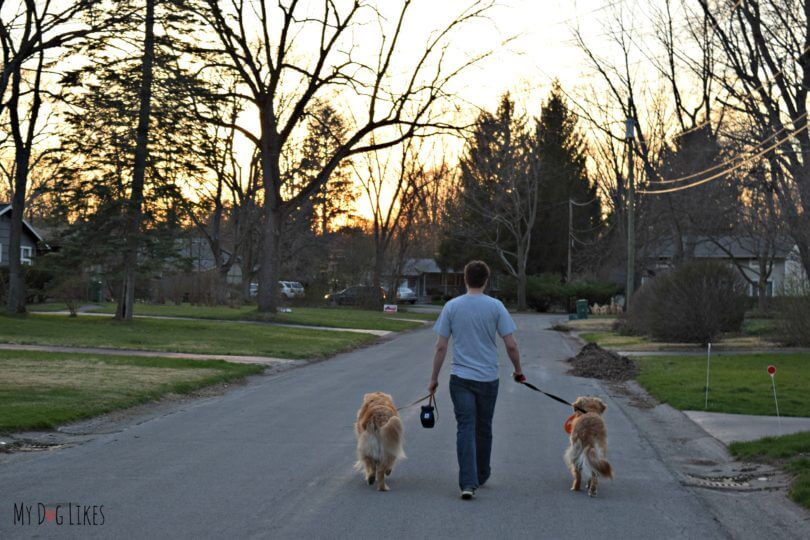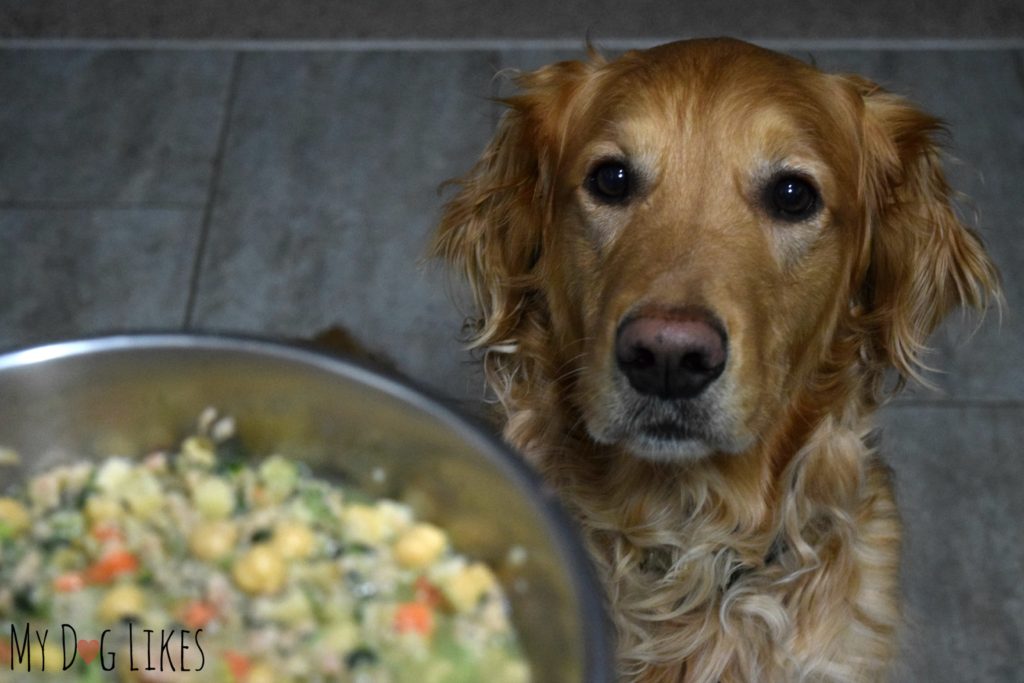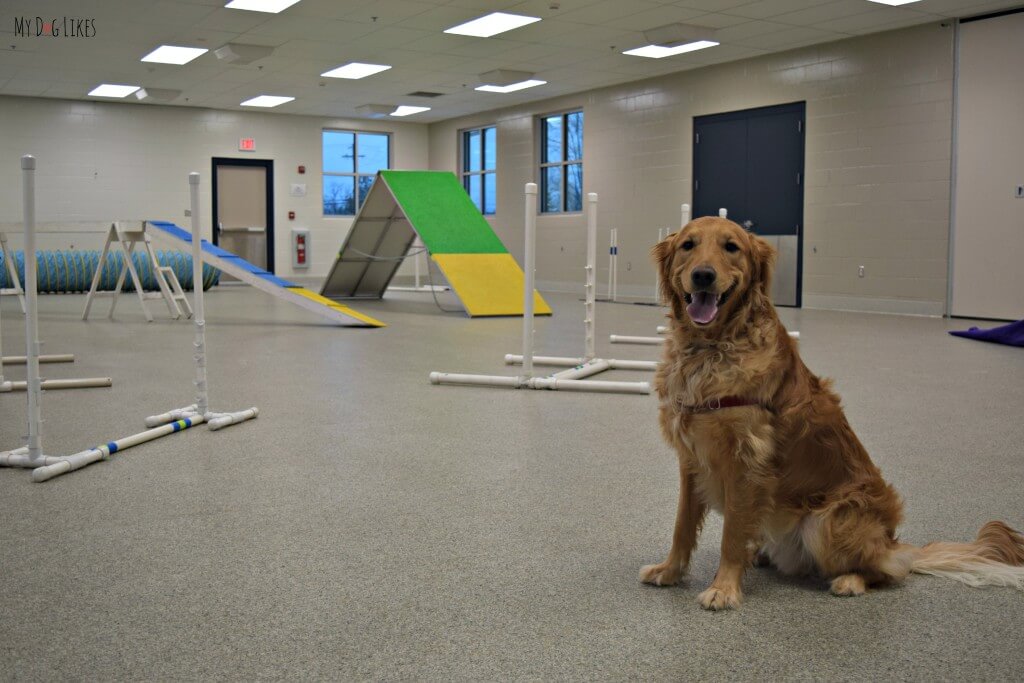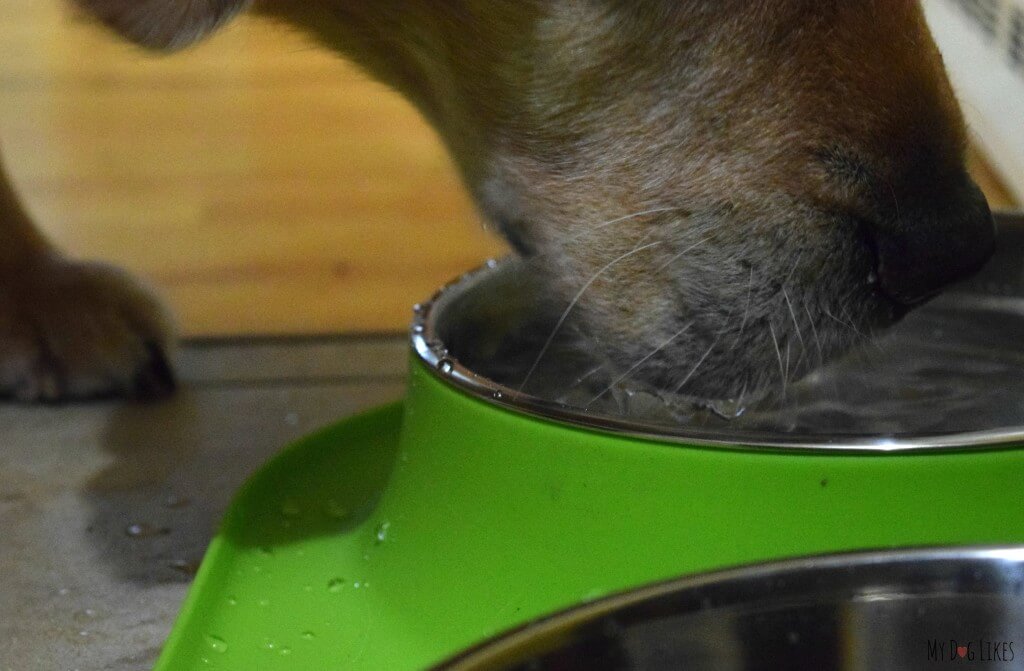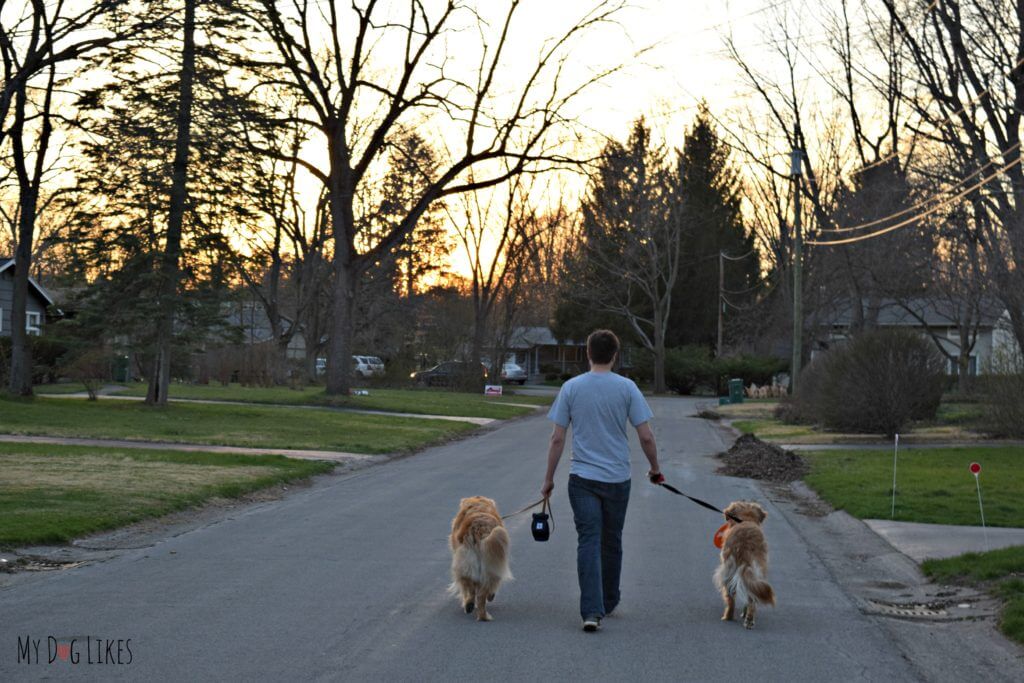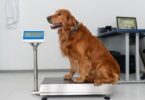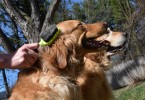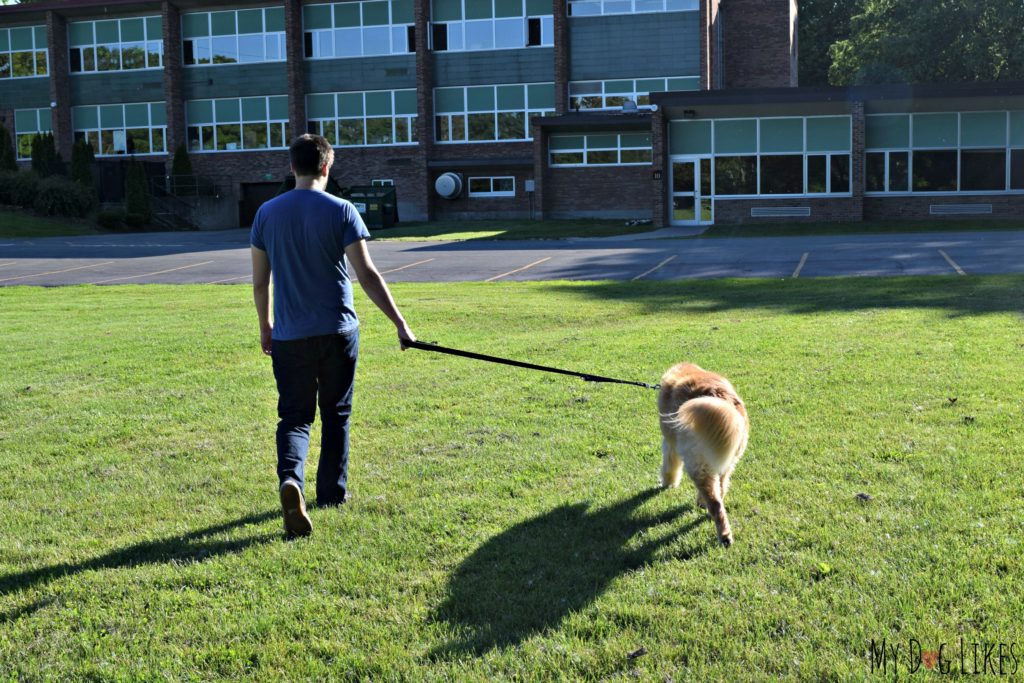
Take Care of Your Dog’s Heart and Health with Proper Weight Management
Maintaining a healthy body weight is essential for your furry friend’s overall health and happiness.
Overweight and obese dogs face an increased risk of serious health conditions, including diabetes, heart disease, arthritis, and a shortened lifespan. According to the Association for Pet Obesity Prevention (APOP), nearly 60% of dogs in the United States are overweight or obese.
With the right knowledge of diet, exercise, and consistent monitoring, you can manage your dog’s weight effectively, improving their quality of life and longevity. Here’s your ultimate guide to keeping your dog fit, healthy, and happy.
Why Does Weight Management Matter?
Excess weight in dogs doesn’t just affect their physical appearance—it significantly impacts their health and well-being.
Those extra pounds can lead to:
- Joint and Mobility Issues: Extra weight increases strain on joints, leading to pain, inflammation, and conditions like arthritis.
- Heart and Organ Stress: Obesity can overwork your dog’s heart and other vital organs, potentially resulting in cardiovascular and metabolic diseases.
- Shortened Lifespan: Studies show that obese dogs live up to 2.5 years less than dogs at a healthy weight.
- Reduced Quality of Life: Overweight dogs often experience fatigue, reduced playfulness, and difficulty performing normal activities.
By managing your dog’s weight, you’re promoting a healthier, more active, and longer life for your furry companion.
Identifying an Overweight Dog
Recognizing the signs of an overweight dog is the first step toward effective weight management. Use these guidelines to assess your pet’s condition:
- Check the Ribs: You should be able to feel your dog’s ribs easily without excess fat covering them.
- Waistline Observation: When viewed from above, your dog should have a slight waist taper behind the ribcage.
- Side Profile Check: Your dog’s belly should tuck upward slightly from the chest to the hind legs.
- Low Energy Levels: Overweight dogs are often less active and may avoid physical activities.
- Fat Deposits: Look for fat accumulation around the neck, abdomen, and base of the tail.
If you’re unsure, consult your veterinarian for a Body Condition Score (BCS) evaluation, which uses a scale to determine if your dog is underweight, ideal, or overweight.
Managing Your Dog’s Weight with a Healthy Diet Plan
The Right Food Can Keep Your Dog Healthy and Happy
Diet is a cornerstone of weight management. Here are the key components of a balanced plan:
-
Measure Portions Carefully
Overfeeding is a leading cause of weight gain in dogs. Follow your veterinarian’s recommendations or the feeding guidelines on pet food labels, adjusting based on activity levels. -
Choose Nutrient-Dense Foods
Opt for high-quality, protein-rich dog food that includes sufficient fiber for digestion. Avoid foods with excessive fillers or artificial additives. Brands like Hill’s Science Diet Weight Management and Royal Canin Satiety Support are specifically designed for weight control. -
Limit Treats
Treats should make up no more than 10% of your dog’s daily calorie intake. Offer low-calorie options such as green beans, blueberries, or carrots as a healthier alternative. -
Avoid Table Scraps
Human food can be calorie-dense and unbalanced for dogs. Some foods, like chocolate, grapes, and onions, are toxic to dogs. -
Scheduled Feeding
Provide meals at consistent times instead of free feeding, which helps regulate calorie intake and promotes routine digestion. -
Monitor Progress
Weigh your dog regularly to track changes and adjust their diet accordingly. Aim for gradual weight loss of 1-2% of their body weight per week.
Exercise Tips for Managing Your Dog’s Weight
Physical activity is just as vital as a healthy diet in managing your dog’s weight. Here’s how to keep your pet active and engaged:
-
Daily Walks
Regular walks are foundational for physical health. Aim for at least 30 minutes per day, but adjust the duration and intensity based on your dog’s breed, age, and fitness level. -
Interactive Play
Games like fetch, tug-of-war, and hide-and-seek are fun ways to burn calories while strengthening your bond with your dog. -
Agility Training
Build a simple agility course at home or visit a local dog park equipped with obstacles. Activities like jumping hurdles or weaving through poles provide both exercise and mental stimulation. -
Swimming
Swimming is a low-impact exercise that’s ideal for dogs with joint pain or arthritis. Supervise your pet closely and consider using a dog life jacket for safety. -
Puzzle Toys and Nose Work
Engage your dog’s mind and body with puzzle feeders or scent games. These activities encourage exploration and problem-solving while promoting movement. -
Gradual Increase in Activity
For sedentary or overweight dogs, increase activity levels gradually to avoid injury. Begin with short walks or light play sessions, then build up as their fitness improves.
Additional Weight Management Tips
-
Regular Veterinary Checkups
Your veterinarian can monitor your dog’s weight, adjust feeding plans, and identify any underlying health issues that may affect weight loss. -
Neutering/Spaying Considerations
Fixed dogs may experience metabolic changes that require adjustments to their diet and exercise routine. -
Monitor Hydration
Ensure your dog always has access to fresh water, especially during exercise or on hot days. Dehydration can reduce energy levels, lead to urinary tract infections, and affect weight management. -
Socialization Activities
Playdates with other dogs or group classes can provide exercise and encourage healthy social behavior. -
Track Progress with a Weight Loss Journal
Document your dog’s meals, treats, exercise routines, and weight changes to identify patterns and celebrate milestones.
Lighten Their Burden and Keep Them Happy
Managing your dog’s weight is a key part of responsible pet ownership. Through small, consistent changes in diet, exercise, and daily habits, you can help your pet achieve a healthy weight and maintain their quality of life.
Remember, the journey to a healthier dog is a team effort. Work closely with your veterinarian to create a personalized plan that meets your dog’s specific needs. By investing in their health today, you’re giving your furry friend the gift of a longer, happier life.

